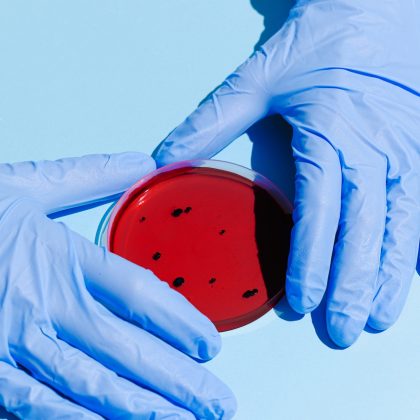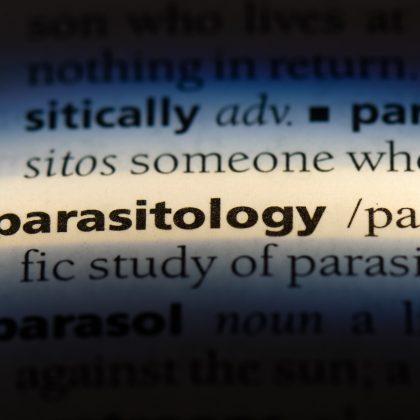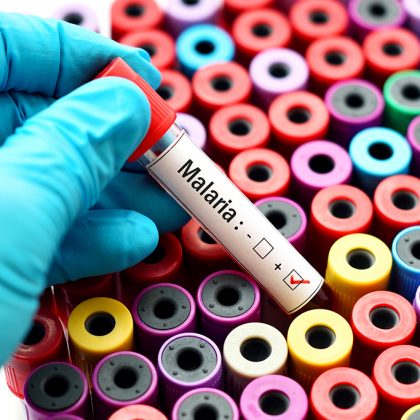The Leishmania LaLRR17 protein plays a key role in infection of macrophages

Leishmania are microscopic parasitic organisms that cause a widespread disease called leishmaniasis in many mammal species, including humans. More than 1 million new cases of human leishmaniasis occur every year in more than 90 countries, located especially in tropical and subtropical regions of the world. Leishmania is transmitted to mammals via the bite of certain species of blood-feeding sandfly. While taking a blood meal from an unsuspecting host (e.g., a human), an infected sandfly injects the Leishmania parasites into the bite wound causing the host to become infected. The Leishmania parasites are then phagocytosed (ingested) by host cells – mainly macrophages – which are important cells of the host immune system. To be internalized by these macrophages, Leishmania attaches to proteins expressed on the macrophage surface; this attachment is facilitated by certain factors produced by the parasites themselves, which interact with the macrophage surface proteins. As knowledge on parasite factors involved in Leishmania uptake by macrophages is limited, we sought to identify and characterize novel parasite molecules that might play a role in this process.
In this work we show that LRR17, a secreted Leishmania protein never reported before, facilitates parasite attachment and internalization by the macrophage. Indeed, genetically modified Leishmania that express higher levels of the LRR17 protein are more readily internalized by host macrophages, supporting the important role of LRR17 in the uptake of Leishmania by macrophages. We also identified a host protein expressed on the macrophage surface – GRP78 – as the likely binding partner of Leishmania LRR17.

This work is important because parasite-derived molecules that facilitate or enhance Leishmania infection such as LRR17, may be explored as possible targets for vaccine development or even leishmaniasis treatment. At present there are no vaccines available for human leishmaniasis, and available treatments have adverse effects and are not always effective. By generating new knowledge on the parasite-derived molecules involved in Leishmania uptake by macrophages, we hope to move a step closer towards the development of novel vaccines or treatments for this important infection.
The paper Leishmania (L.) amazonensis LaLRR17 increases parasite entry in macrophage by a mechanism dependent on GRP78 by Mauricio S. Peña, Fenny Hui Fen Tang, Fernando Alves de Lima Franco, Alessandro Taunay Rodrigues, Guilherme Moreira Paiva Carrara, Thaís Larissa Silva Araujo, Ricardo José Giordano, Giuseppe Palmisano, Maristela Martins de Camargo, Silvia Reni Bortolin Uliana and Beatriz Simonsen Stolf, published in Parasitology, is freely available.






